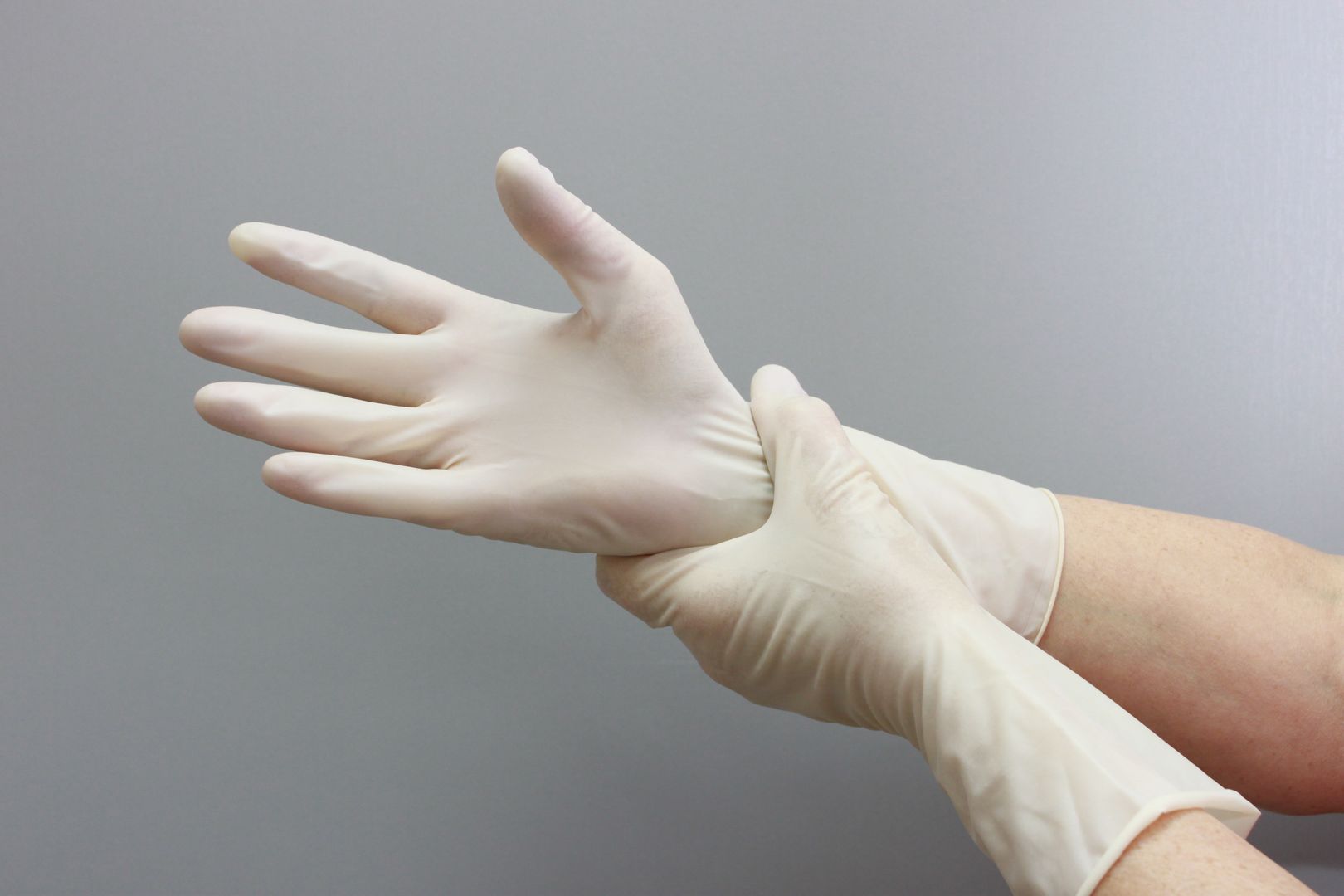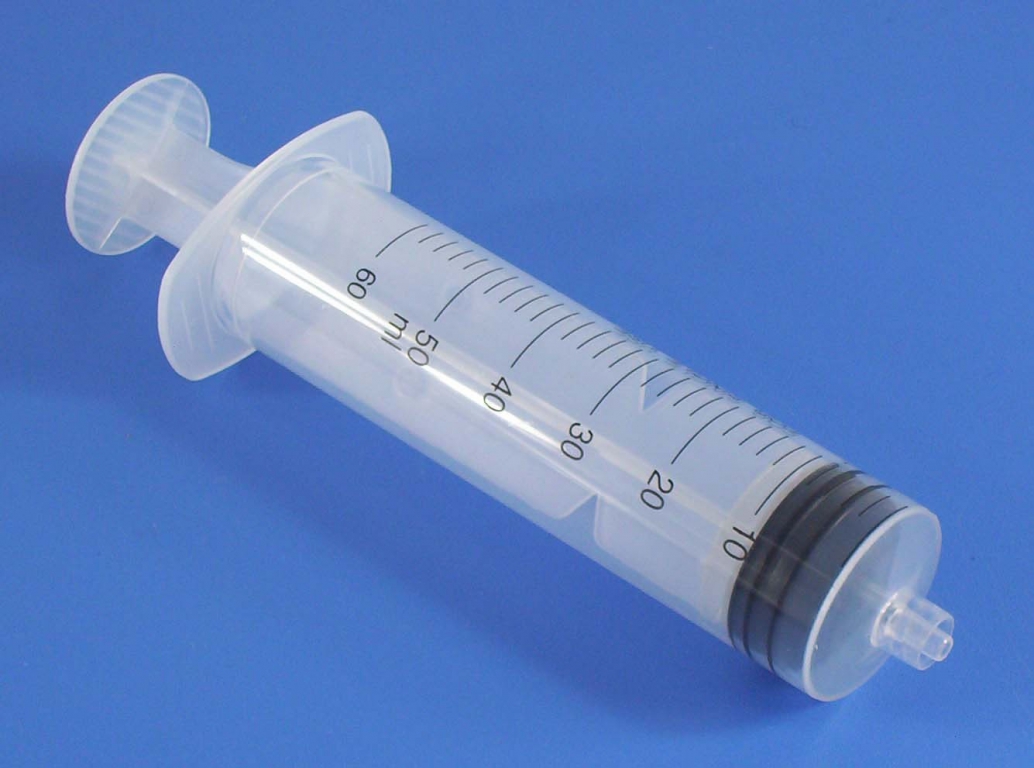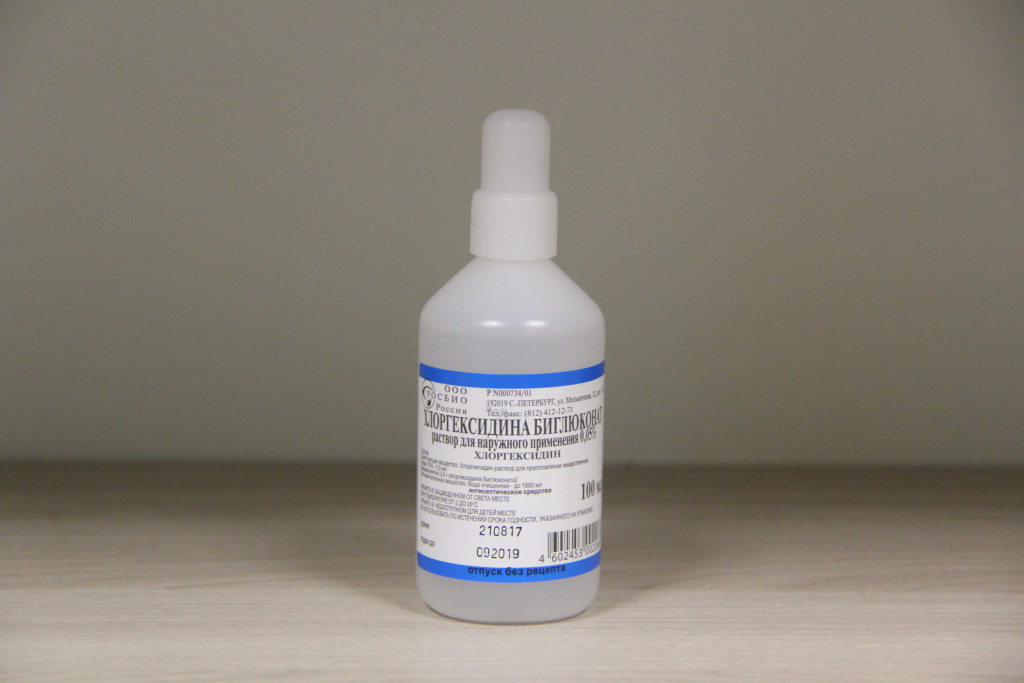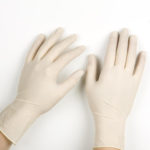Ways to remove a tick at home
In the warm season, ticks are the main problem for humans. When going out into nature, there must be additional protection against these parasites, since the consequences of their bite can be dangerous and lead to serious complications.

Description of ticks and why they are dangerous
Ticks are arachnids. Typical torso length is 0.2 to 0.4 mm. Some individuals reach a body size of 5 mm. The body is distinguished of two types: with the presence of a hard shell and the fused head with the chest, smoothly turning into the abdomen. The oxygen supply is different depending on the structure. Some breathe through special spiracles, others through the skin or trachea.

The parasites do not have eyes, they orient themselves in space thanks to a sharp sensory apparatus, which allows them to feel their prey at a distance of up to 10 m. Adult specimens have 4 pairs of legs, small ones - 3.
Ticks do not climb to a height of more than 1 m, so the main habitat is grass, bushes or fallen leaves. Only a few species are parasites or carriers of infectious diseases. Often, non-parasitic forms can provoke skin irritation.

During the bite, infected saliva is injected into the victim, so ticks are carriers of many dangerous diseases. Some are difficult to treat and cause severe harm to the body. Tick borne diseases:
- Encephalitis. It affects the spinal cord and brain, leading to neurological complications. Severe consequences: mental impairment, meningitis, respiratory arrest.
- Lyme disease (borreliosis). Bacteria that enter the body cause a red rash all over the body, cough, headache, nausea and fever.
- Tularemia. The main symptoms: swollen lymph nodes, open wound at the site of the bite, nausea, headache, high fever. Among the severe consequences: peritonitis, pneumonia, gangrene.
- Ehrlichiosis. There is a strong weakness, pain in the head, organ inflammation, chills.
- Spotted fever. There is muscle soreness, a rash throughout the body, nausea and fever.
- Relapsing fever. There is an increase in heart rate, weakness and malaise, pain in the abdomen and head.

Important! Not only adults, but also tick larvae are dangerous to human health and life.
Redness on the skin is not always indicative of an infection. Discoloration may indicate an allergic reaction.

How long does it take to remove a tick
You need to remove the tick as quickly as possible. The longer he feeds on blood, the greater the risk of contracting some kind of disease.In the absence of disinfectants, self-extracting of the parasite is not allowed in the home.

Once on the victim's body, the tick does not immediately begin to bite. At a certain time, he looks for the most suitable place. The length of time spent on the body depends on gender and life cycle:
- larvae feed on blood for no more than 2-3 days;
- the nymph sucks blood for 3-4 days;
- for a male, 20-25 minutes is enough, his bite can be overlooked;
- the female is the most dangerous, sticks to the victim for at least 7 days.

The consequences of a long-term presence of a tick depend on whether it is infected with any infection or not. Therefore, before the onset of the spring-summer season, it is necessary to study how to remove a tick correctly and quickly from a person. After its extraction, the parasite is handed over to the laboratory for research.
How to remove a tick from a person
Before you pull out the insect yourself, you need to take care of safety measures, since a crushed parasite is very dangerous. You need to prepare in advance:
- antiseptic or any disinfectant;
- cotton swab;
- rubber gloves (you cannot take out the body with your bare hands);
- a container and a tight lid (necessary to deliver the tick for analysis).
For reference! It is safer to go to a medical facility to remove the parasite.
There are several ways to pull.
Removal using tweezers
It allows you to capture the insect as close as possible and close to the skin, which excludes the possibility of its rupture. However, the likelihood of damage to the skin increases with the wrong technique.

How to remove a tick from a person using tweezers:
- grab the head with tweezers at the base and pull out the parasite in a circular motion;
- the instrument should be parallel to the skin;
- after removal, treat the wound with an antiseptic.

Removing with a thread
Affordable home-based quick extraction method. But there is a possibility of incomplete extraction of the trunk. The procedure includes the following sequence of actions:
- press a little on the skin near the bite site;
- take a strong thread (preferably synthetic) with a length of at least 20-30 cm, make a small loop in the middle (the parasite should get into it);
- tighten the loop firmly into the knot, connect both ends of the thread together;
- twist your fingers counterclockwise, then pull towards you.

Oil use
The meaning of the method is to cut off the access of oxygen to the insect. As a result, it detaches itself. Among the pros - the absence of the likelihood of damage to the bite site, among the minuses - the method does not always give a positive result. According to experts, when the tick begins to die, it relaxes the proboscis. As a result, more saliva is injected into the skin. However, this is safe if the insect is not infected.

How to remove a tick from the affected area with an oily agent in a person:
- moisten the wound with the parasite with vegetable oil (can be replaced with a fat cream);
- after detaching the tick, destroy it or place it in a container for further research;
- process the bite site.

Removal by hand
You should act carefully, as there is a possibility of crushing the insect. The advantage of the method is that there is no need to look for special tools or other available means.

Basic actions:
- treat your hands with a disinfectant;
- protect your hands with rubber gloves;
- grasp the entire tick (together with the head) as close to the skin area as possible;
- by rotating counterclockwise, slowly remove the insect;
- treat the wound.

Using a syringe
You will need a simple syringe without a needle. The method is simple, but there is a risk of tearing off the tick head. What needs to be done:
- treat the area around the insect with an antiseptic or alcohol;
- push the syringe plunger down;
- press it against the skin in such a way that the parasite is completely hidden;
- Pull the piston up slowly.

Removal using special tools
Special devices can be purchased at the pharmacy. Among them are a pliers, a lasso pen, etc. Before use, you must carefully read the instructions for use.

Important! If, after removing the parasite, a head remains on the skin, carefully remove it with a sterile needle.
Often, a proboscis remains on the human body after removing the insect. It is almost impossible to notice it, because the particle is very small. If there is confidence that the proboscis remains in the skin, but it is not visible, a moistened cloth is taken. Thoroughly rubbing the bite site, you can cause outflow of blood from the affected area. The area will become lighter, so the subject will be easier to spot. It can also be removed with a hot needle.

What happens if you pull out incorrectly
Incorrect tick removal procedure can lead to infection. Therefore, when deciding on the option of how to pull out a tick at home without dangerous consequences, it is necessary to learn several important rules:
- do not crush the tick (after death, all blood and saliva is injected into the skin);
- do not touch with bare hands;
- when removing the calf, grab it as close as possible to the head;
- processing with toxic substances is not allowed;
- you can not cauterize with fire and remove the tick with your teeth;
- it is forbidden to pick out an insect with a sharp object, as injury can be caused.

It is undesirable to comb the place of the affected area, and to pull out the tick itself sharply.
Treatment of the bite site after extraction
After removing the parasite, the skin must be disinfected. The area near the bite should be treated; it is not recommended to touch the wound itself in order to avoid getting burned. The only thing you can fill the wound with is brilliant green.

Hydrogen peroxide, rubbing alcohol, iodine, and any other antiseptic (such as Chlorhexidine) can be used to disinfect the skin. After treatment, the site of the bite must be left without a bandage. If necessary, you can seal it with adhesive tape.Friction of the affected area should be avoided for 1-2 days.

Conclusion
Correct and timely treatment of the site after a tick bite ensures rapid wound healing. Otherwise, you can get skin inflammation. If you are not confident in your own abilities, it is better to seek medical help.

VIDEO: How to remove a tick correctly and safely.









